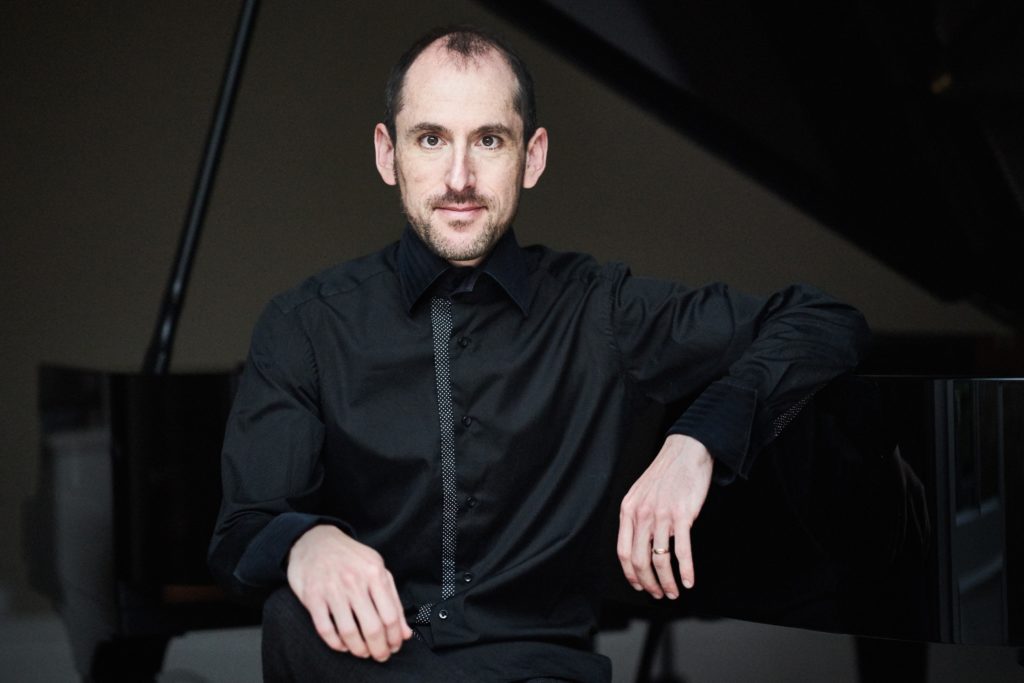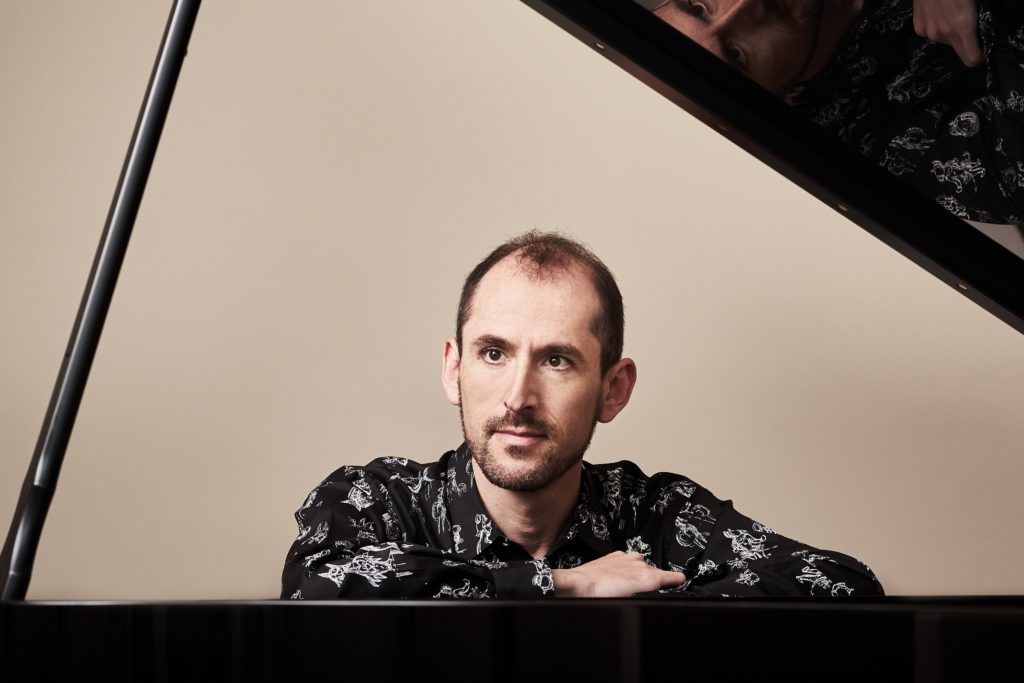
IT was testament to his versatility that no fewer than ten different composers featured in Danny Driver’s piano recital.
A first half concentrating on music for evening and night centred on Beethoven and Schumann. Thereafter music of the last 50 years included several living composers, though one suspects this was more challenging for him than for his audience.
Beethoven’s ‘Moonlight’ Sonata, Op 27 No 1 in C sharp minor, was ushered in by the gentle lilt of Schumann’s Des Abends, its unsettled accompaniment suggesting that all was not quite well with the composer’s evening.
The Beethoven was allowed to speak for itself, its opening melody strongly outlined, while menace remained in the dotted rhythms of the left hand. In a controlled scherzo, he neatly differentiated the two halves of the opening phrase – so important for what follows – into legato (first four notes) and staccato (the remaining four). Clarity was the watchword here.
So too in the finale, which was properly agitato and taken at a tremendous lick. Beethoven’s anger here was never in doubt and Driver did not hold back from giving it the full tour-de-force treatment, with heavily percussive accents like rifle shots.

In contrast, Schumann’s ‘Ghost’ Variations remained intimate (‘innig’ as he marks the theme), reflecting a moment of rare calm at a time when the composer’s mental health was precarious. There was a pleasing flow to the melody. Even in the minor key variation (the fourth), we were kept in touch with the theme by its rhythm.
After a brief journey with Debussy to the swaying dances of a Grenada evening came total change in Scriabin’s ‘Black Mass’ Sonata, No 9, which bubbled up repeatedly like a witches’ cauldron. Driver perfectly reflected the score’s volatility, almost a bacchanalian orgy, which died with exhaustion in the closing bars.
After the interval we were on much newer ground. Five Ligeti Études acted as template for a series of 21st century reactions in very similar vein. With few exceptions, the later versions were pale reflections of the original.
All but two used rapid staccato figures, hovering much of the time in the very upper reaches of the keyboard with minimalist intent. At least Martin Suckling’s Orrery (with the composer present) had a distinctive bell-like underlay and grew in intensity, thereby engaging the attention.
One could only marvel at Driver’s virtuosity and wonder how he was able to memorise such similar works. It was a daring programme, but it needed something meatier at the centre of its second half.
Review by Martin Dreyer
